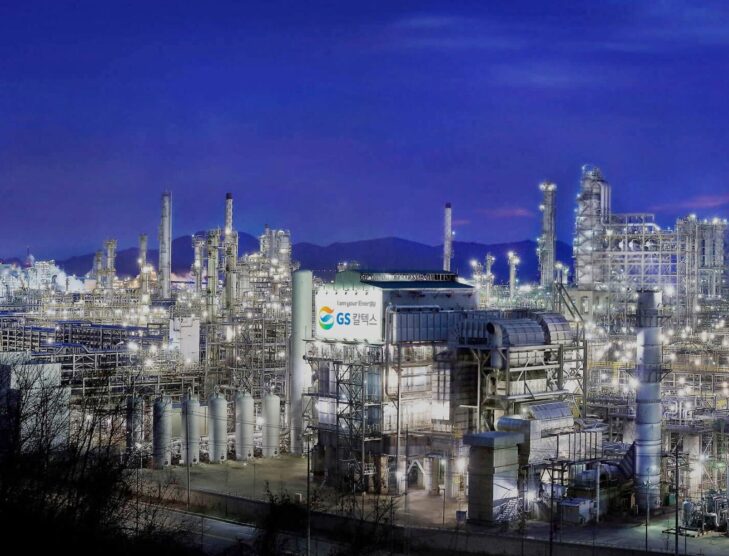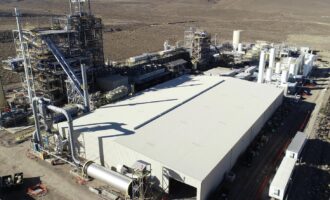
GS Caltex announces waste plastic pyrolysis oil demo project
South Korea’s GS Caltex will start a demonstration project to put waste plastic pyrolysis oil into the petroleum refining process. As the first stage of the demonstration project, GS Caltex will inject about 50 tons of waste plastic pyrolysis oil into the Yeosu plant upgrading facility. GS Caltex plans to use the results of the future demonstration project to seek investments in a new production facility for waste plastic pyrolysis oil with an annual capacity of 50,000 tons. The goal is to be operational in 2024, with plans to expand it to an additional 1 million tons.
Waste plastic is converted into pyrolysis oil, a liquid raw material, through chemical recycling processes such as pyrolysis after pretreatment. The pyrolysis oil produced through this is expected to increase the greenhouse gas reduction effect as well as the resource recycling effect such as being put into the oil refining and petrochemical processes.
GS Caltex is the first oil refiner in South Korea to inject pyrolysis oil into an advanced facility. It is expected that this will increase the material recycling rate of waste plastics being recycled into plastic products such as polypropylene. GS Caltex plans to promote its commercialization based on the results of the demonstration project in order to meet its greenhouse gas (GHG) reduction obligations.
Waste plastic pyrolysis oil will be used as a raw material for the oil refining process at the Yeosu plant. Intermediate products will be re-injected as raw materials for the petrochemical process to produce recycled plastic products such as polypropylene. Using waste plastics collected in collaboration with public and private companies, it is now possible to build a circular economy business model.
“GS Caltex will give customers the opportunity to participate in the circular economy through products produced through the efficient use of resources,” said Heo Se-hong, president of GS Caltex.
GS Caltex is also collaborating with domestic eco-friendly companies in various fields to develop and produce various eco-friendly products that participate in the circular economy and resource efficiency. A three-party memorandum of understanding (MoU) was signed recently with GS E&C and Urban Oilfield, a waste plastic pyrolysis technology company.
Meanwhile, GS Caltex is paying attention to the ‘upcycling method’ that creates new values in terms of performance and quality by mixing materials with various physical properties, going beyond the simple recycling of waste plastics. Compounded resin, which is domestically being produced only by GS Caltex, is a functional plastic widely used as a raw material for automobile and home appliance parts. More than 10% of GS Caltex’s total composite resin production is eco-friendly composite resin using waste plastics. This can reduce carbon dioxide by about 61,000 tons per year.









